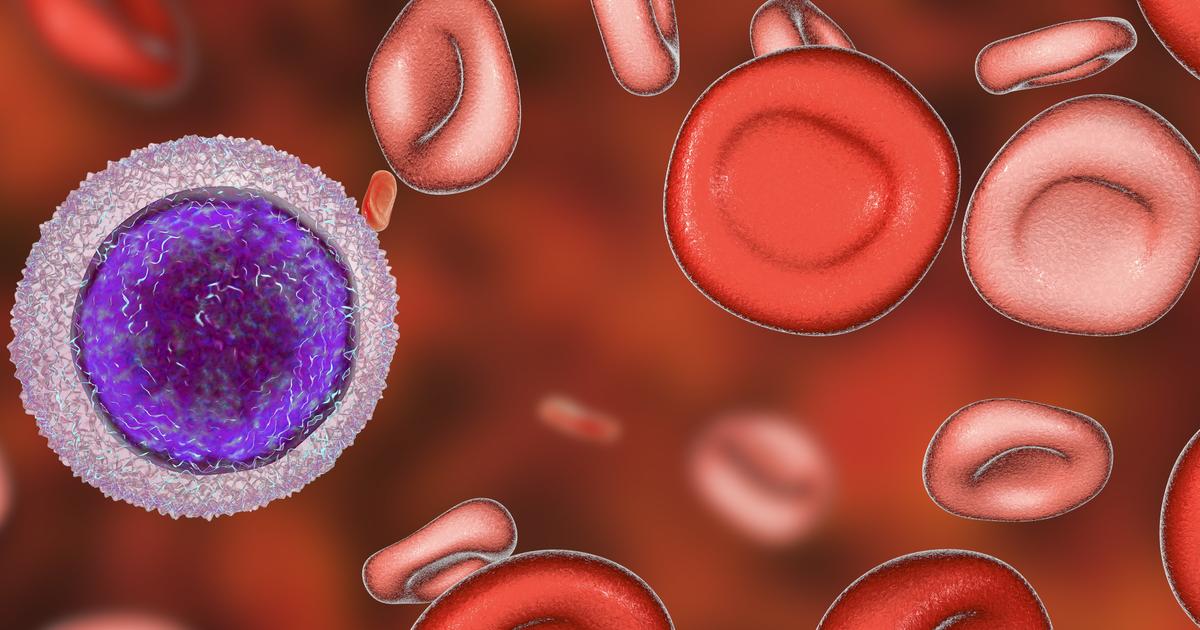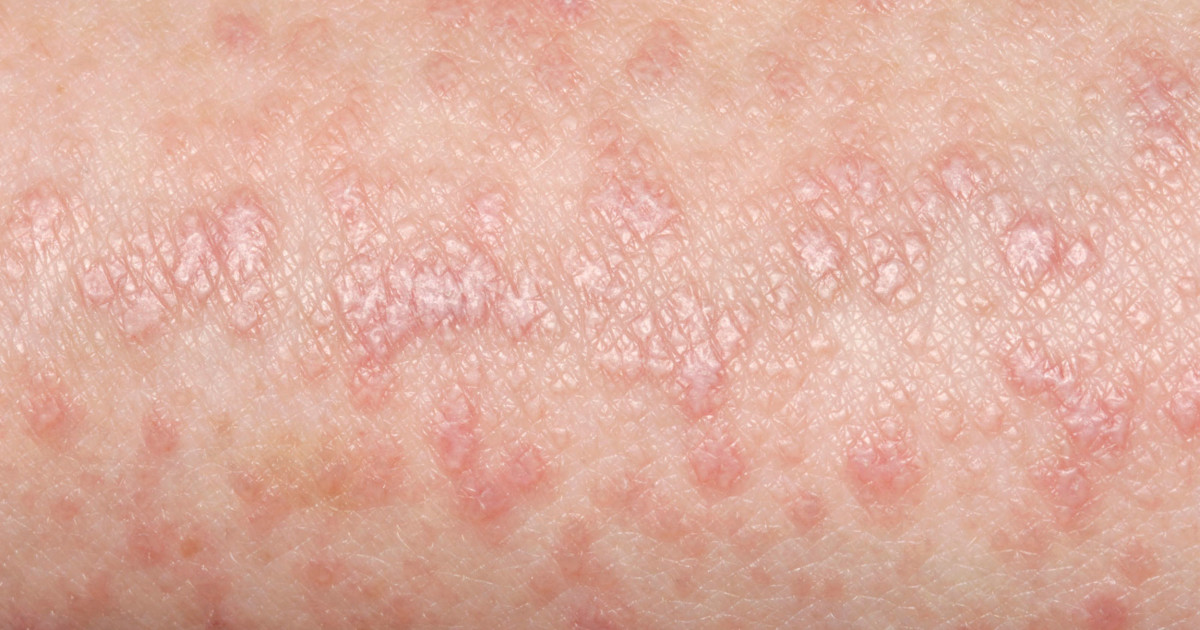What Causes Koilonychia?
Koilonychia or spoon nails is a deformity of an individual's nails that causes them to take on the appearance of a concave and spoon-like shape. Koilonychia begins as nails that are flat on the surface and not rounded. This deformity is typically first noticed in an individual's fingernails rather than in their toenails. The nails become increasingly soft, and the indentation that develops in the middle is typically big enough to hold a bead of liquid. Koilonychia is more common in infants where it resolves on its own, but it can be indicative of a serious medical condition when it occurs in adults. The treatment for this nail dystrophy is dependent upon its underlying cause. If the condition is caused by genetic factors, it may not be able to be prevented. However, cases where an individual's koilonychia is caused by environmental and nutritional factors, it can typically be prevented or treated.
Iron Deficiency

The most prevalent cause of koilonychia is a deficiency of iron in an affected individual's body. Iron deficiency occurs most commonly in children and childbearing-aged women. Any of numerous medical issues can cause an individual to develop an iron deficiency. This condition can be the result of an insufficient amount of iron in an individual's diet. A patient may not be able to properly absorb a sufficient amount of iron from the food they consume. Individuals who live in a region plagued with malnutrition and famine also develop iron deficiency easily. Any individual who experiences a bleed in their intestine may develop a deficiency in iron. Patients affected by and being treated for numerous types of cancer also tend to develop iron deficiency anemia. The exact mechanism of which a lack of iron causes the development of koilonychia is not clear, but it is known to be associated with iron deprivation to iron-containing enzymes in the patient's epithelial cells.
Lichen Planus

Patients affected by lichen planus may develop koilonychia as a result of their chronic inflammatory skin condition. Lichen planus causes an affected individual to develop a non-infectious, itchy rash on the skin of their legs and arms. This rash is characterized by purple or pink bumps or lesions that are flat on top, small, and have multiple sides to them. Lichen planus most commonly manifests in individuals who have reached at least their third decade of life. Lichen planus can be caused by certain inherited genetic factors, but in most cases, the cause is idiopathic or unknown. Changes in the nails of which include koilonychia have been observed in approximately ten percent of patients affected by this inflammatory skin condition. The immune-mediated inflammation that occurs in individuals affected by lichen planus can cause their nail matrix to become permanently damaged or destroyed. This mechanism can result in the development of many dystrophies of the nails, including twenty-nail dystrophy of childhood and koilonychia.
Petroleum Exposure

Exposure of petroleum-containing products to an individual's nails over an extended duration can cause them to develop nail deformities, including koilonychia. The nail bed and nail matrix epithelial cells are both responsible for the formation of the nail plate, nail, and nail bed. The area underneath the nail plate and the nail fold are the most vulnerable areas when it comes to chemical exposure to an individual's fingernails. In the area of its free margin, chemical substances can penetrate underneath an individual's nail plate and nail bed. Most occupations involving exposure to petroleum-containing substances fall under the category of cosmetology, including hairdressers, beauticians, barbers, and nail technicians. Chemicals such as petroleum can also induce a condition called allergic dermatitis in the periungual skin regions, causing repeated inflammation to a patient's nail bed. Any chemical substance that results in an inflammatory response in an individual's nail matrix or nail bed can cause the nail to become distorted or deformed. Precautions should be taken by those who work closely with harsh chemicals that contain petroleum, such as wearing protective gloves on the hands.
Higher Altitudes

Koilonychia can be caused by an individual's long-term residence at higher altitudes. The atmospheric air an individual breathes in becomes thinner as they go up in elevation from sea level. While the air technically contains the same 20.9 percent oxygen content at all elevations, the lower pressure at higher elevations decreases the amount of effective oxygen an individual is able to breathe in. For example, the amount of effective oxygen sits at 20.9 percent at sea level, and an elevation of five thousand feet above sea level only yields 17.3 percent effective oxygen. An elevation of ten thousand feet yields a further decreased 14.3 percent oxygen, which falls just below ten percent effective oxygen at an altitude of approximately twenty thousand feet. The body receives less oxygen at high altitudes, making less oxygen available for cells around the body. The body responds by increasing its production of red blood cells, causing a depletion in iron stores and resulting in iron deficiency anemia.
Plummer-Vinson Syndrome

A patient's Plummer-Vinson syndrome can cause them to develop koilonychia in their nails. Plummer-Vinson syndrome is a disorder characterized by esophageal webs, chronic iron deficiency, and dysphagia. The cause of Plummer-Vinson syndrome is unknown, and the disorder is a very rare occurrence in the human population. Plummer-Vinson syndrome occurs more often in women than it does in men, but the reasons behind this gender imbalance distribution are unknown. Koilonychia is a characteristic symptom that occurs in some Plummer-Vinson syndrome patients along with the symptoms of glossitis, enlargement of the spleen, and thyroid enlargement. The chronic iron deficiency that occurs in individuals affected by this syndrome is the component connecting it to koilonychia. An insufficient amount of iron provided to the iron-containing enzymes that perform functions in the epithelial cells in and around the nail bed is the best-known mechanism behind iron deficiency precipitated koilonychia.